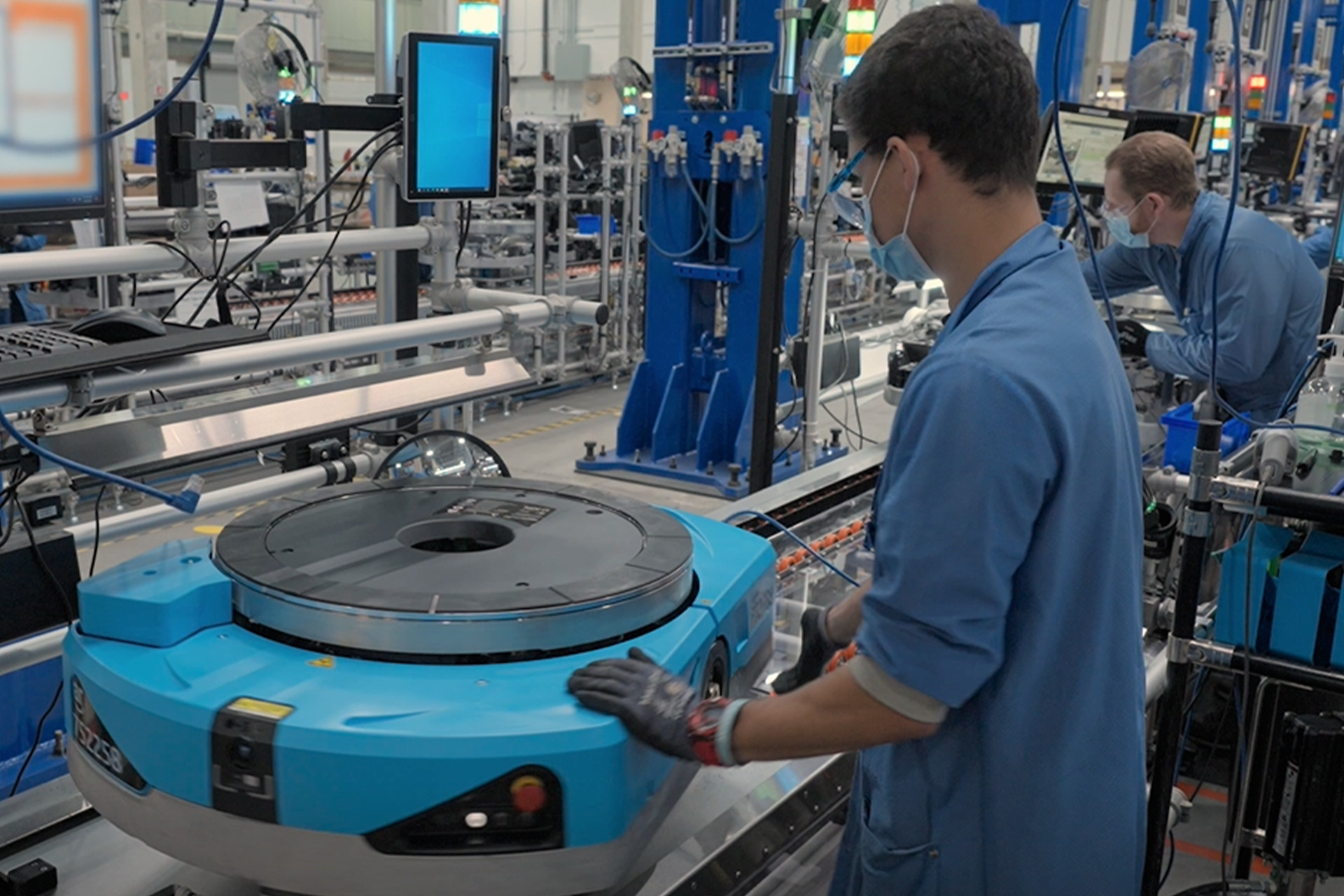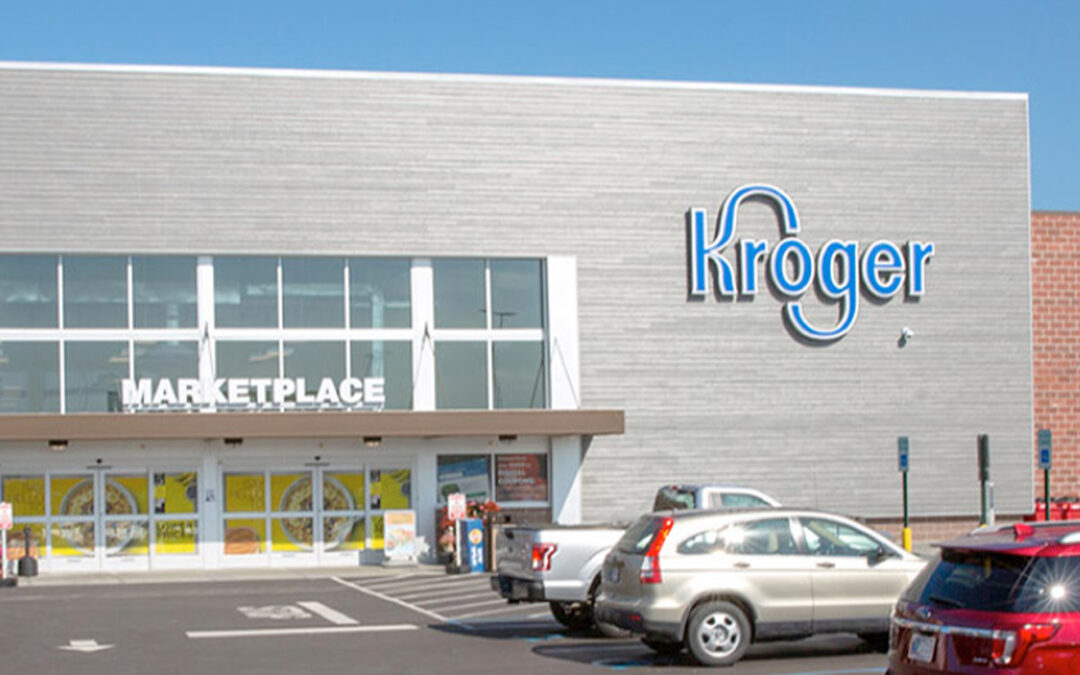Economic activity in the manufacturing sector grew in August, with the overall economy in the United States achieving a 27th consecutive month of growth, according to the nation’s supply executives polled in the latest Manufacturing Institute for Supply Management Report On Business.
“For a second straight month, the Manufacturing PMI figure is the lowest since June 2020, when it registered 52.4%,” Fiore said. “The New Orders Index registered 51.3%, 3.3 percentage points higher than the 48% recorded in July. The Production Index reading of 50.4% is a 3.1-percentage point decrease compared to July’s figure of 53.5%. The Prices Index registered 52.5%, down 7.5 percentage points compared to the July figure of 60%. This is the index’s lowest reading since June 2020: 51.3%. The Backlog of Orders Index registered 53%, 1.7 percentage points above the July reading of 51.3%. After three straight months of contraction, the Employment Index expanded at 54.2%, 4.3 percentage points higher than the 49.9% recorded in July. The Supplier Deliveries Index reading of 55.1% is 0.1 of a percentage point lower than the July figure of 55.2%. The Inventories Index registered 53.1%, 4.2 percentage points lower than the July reading of 57.3%. The New Export Orders Index contracted at 49.4%, down 3.2 percentage points compared to July’s figure of 52.6%. The Imports Index remained in expansion territory at 52.5%, but 1.9 percentage points below the July reading of 54.4%.”
Fiore noted that the U.S. manufacturing sector is expanding at rates similar to those two months prior.
“New order rates returned to expansion levels, supplier deliveries remain at appropriate tension levels and prices softened again, reflecting movement toward supply/demand balance,” he said. “According to Business Survey Committee respondents’ comments, companies continued to hire at strong rates in August, with few indications of layoffs, hiring freezes or head-count reductions through attrition. Panelists reported lower rates of quits, a positive trend. Prices expansion eased dramatically in August, which, when coupled with lead times easing, should bring buyers back into the market, improving new order levels.”
He added that sentiment continues as optimistic when it comes to demand, “with five positive growth comments for every cautious comment. Panelists continue to express unease about a softening economy, with 18% of comments noting concern about order book contraction. Twelve percent of panelists’ comments reflect growing worries about total supply chain inventory. Demand increased, with the New Orders Index returning to expansion, the Customers’ Inventories Index remaining at a low level, retreating slightly compared to July, and the Backlog of Orders Index increasing its rate of growth. Consumption, measured by the Production and Employment indexes, improved during the period, with a combined positive 1.2-percentage point impact on the Manufacturing PMI calculation. The Employment Index returned to expansion after three months of contraction, and the Production Index lost ground but remained in growth territory. With the gains in hiring and fewer supplier delivery issues, production expansion should improve in September. Inputs — expressed as supplier deliveries, inventories and imports — continued to constrain production expansion, but to a lesser extent compared to July. The Supplier Deliveries Index indicated deliveries slowed at a slower rate in August, while the Inventories Index grew at a slower rate as well. The Imports Index expanded in August for the third consecutive month, but at a slower rate compared to July. The Prices Index increased for the 27th consecutive month, at a much slower rate compared to July.
Five of the six largest manufacturing industries, Petroleum & Coal Products; Transportation Equipment; Computer & Electronic Products; Machinery, and Food, Beverage & Tobacco Products, registered moderate-to-strong growth in August.
“Manufacturing performed well for the 27th straight month. With supplier delivery performance recording its fourth straight month of improvement, price increase growth slowing significantly for the second consecutive month, hiring and total employment both positive and expanding and lead times easing across all three categories of purchasing activity, the sector is at or approaching supply/demand equilibrium,” Fiore said.
Ten manufacturing industries reported month-over-month growth in August, listed in order of expansion rate: Nonmetallic Mineral Products; Petroleum & Coal Products; Transportation Equipment; Computer & Electronic Products; Printing & Related Support Activities; Plastics & Rubber Products; Primary Metals; Machinery; Miscellaneous Manufacturing; and Food, Beverage & Tobacco Products. Seven industries reported contraction in August versus July: Wood Products; Apparel, Leather & Allied Products; Furniture & Related Products; Paper Products; Chemical Products; Fabricated Metal Products, and Electrical Equipment, Appliances & Components.





